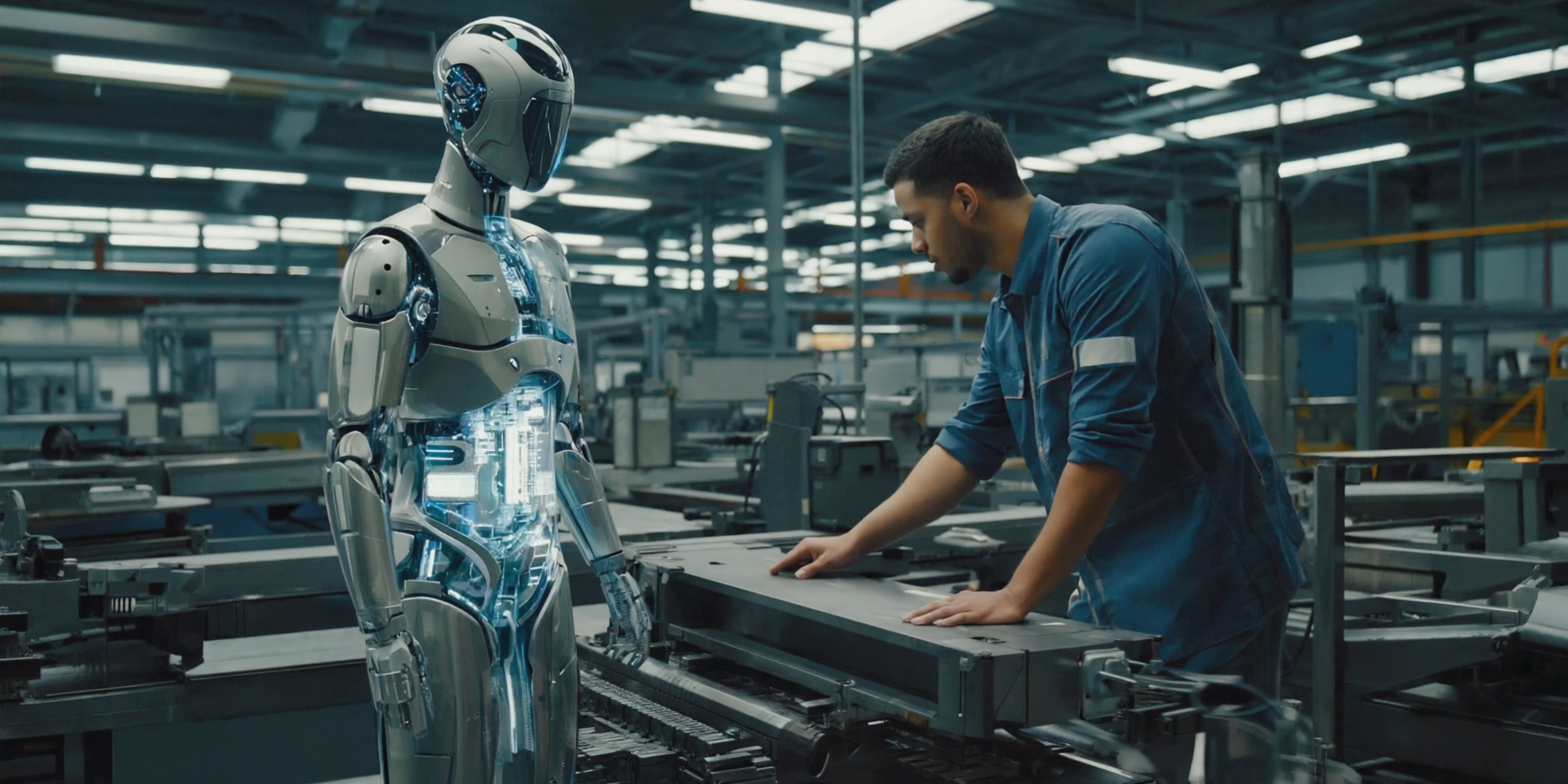The ergoCub initiative involves the use of an integrated approach to technologies in daily work activities
In Europe, and especially in Italy, Artificial Intelligence and robotics are working in synergy with the aim of protecting the health of workers. This is happening in a historical moment when occupational diseases continue to be a persistent problem. For these reasons, it is important for research to find new solutions that can lower the cases related to musculoskeletal disorders, caused by work activities that require intense physical effort.
The ergoCub project, an initiative developed by INAIL and the Italian Institute of Technology (IIT), chosen by the Global Partnership on Artificial Intelligence (GPAI), seeks to respond precisely to these demands. It is an initiative that aims to radically transform the prevention of biomechanical risks, thanks to the use of Artificial Intelligence and robotics.
The ergoCub project has also started a collaboration with IPSOS, a company specializing in market research and political polling. The objective of this cooperation is to evaluate the reception and acceptability of wearable technologies and humanoid robots.
Technology as an help at work
The ergoCub initiative foresees the use of an integrated approach of technologies to daily work activity.
The iFeelI sensorized suit is among the wearable devices that are part of this technological initiative, capable of monitoring in real-time the efforts and movements of the wearer’s body. Such data, analyzed by sophisticated Artificial Intelligence algorithms, allow for the identification of at-risk movements and the provision of immediate warnings.
Information from the sensors is processed to anticipate the musculoskeletal effort of the person, and the worker is alerted with a vibration, thus preventing the risk of injury or fatigue.
To integrate this prevention system, there are collaborative humanoid robots designed to assist human operators in the heaviest or most repetitive activities. These technologies are not designed to replace people, but to assist them, lightening the physical workload and reducing the risk of injuries.
These robots are capable of recognizing objects and actions, making them optimal for industrial and hospital environments, where flexibility and versatility are fundamental characteristics.
Field research
To ensure that these solutions do not remain just an idea, the ergoCub project is conducting rigorous field experimentation.
In the INAIL laboratories in Genoa and Monte Porzio Catone, two work scenarios have been recreated to evaluate the acceptability of wearable technologies and activities in collaboration with humanoid robots.
These tests are not the only ones that have been conducted, the project has also been tested in a real work context such as the one at the airports of Rome.
The field and laboratory research conducted has allowed for the creation an experimental protocol to be presented to the ethics committee to get approval for the validity of the developed technologies.
Furthermore, the results obtained will lead to an improvement in the morphology and design of the robots and wearable technologies, with the aim of making them more effective.






